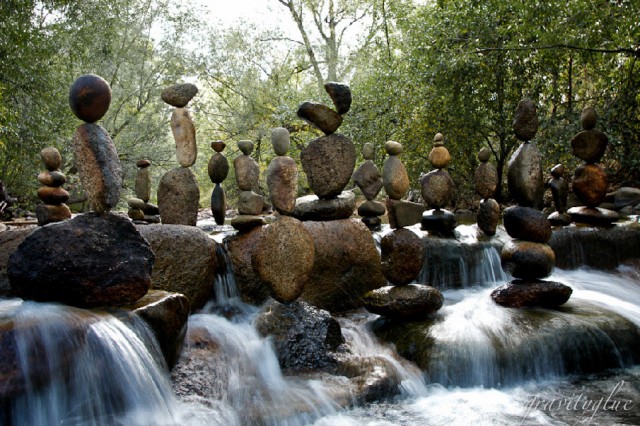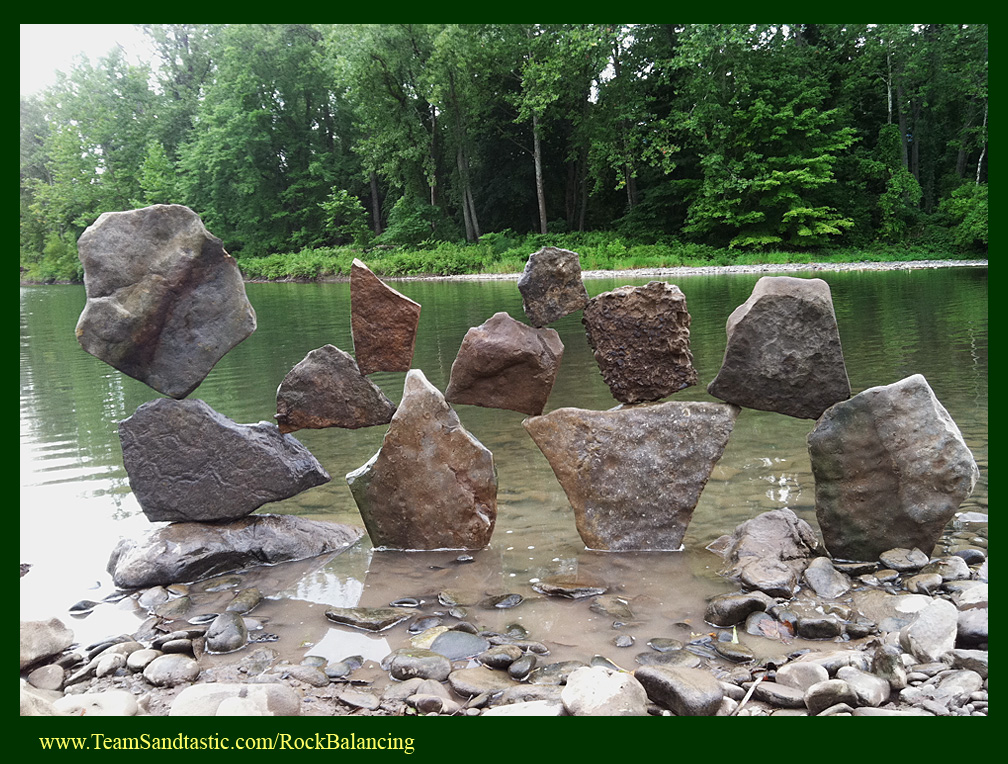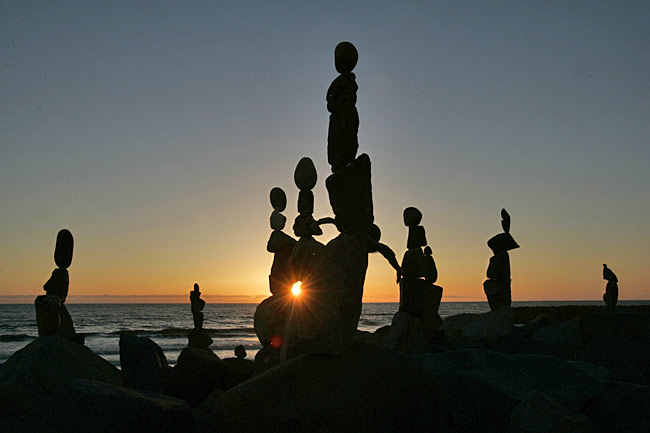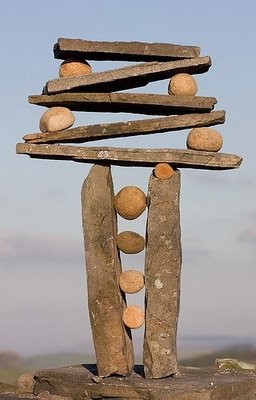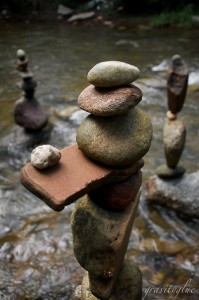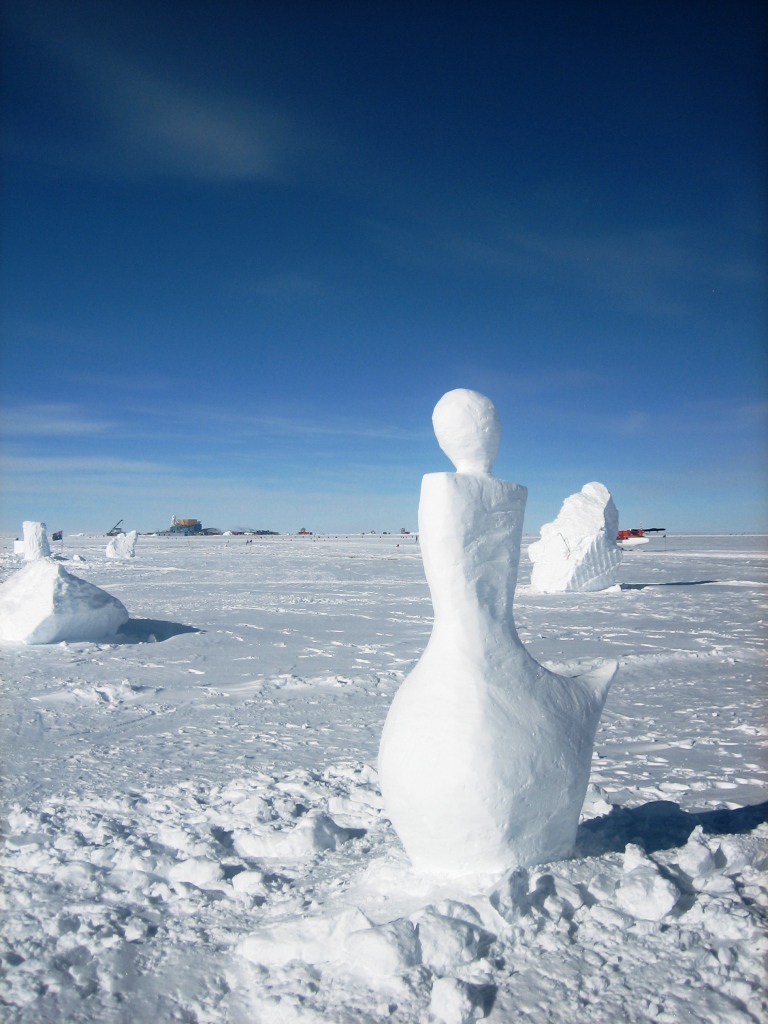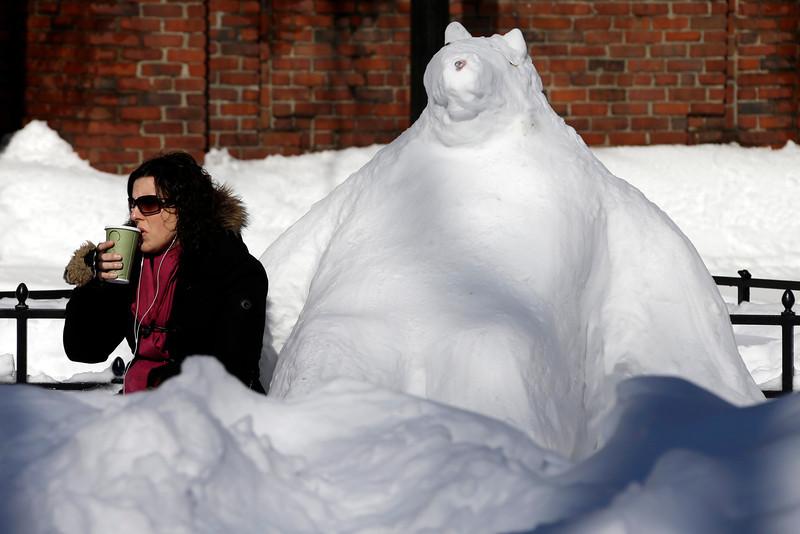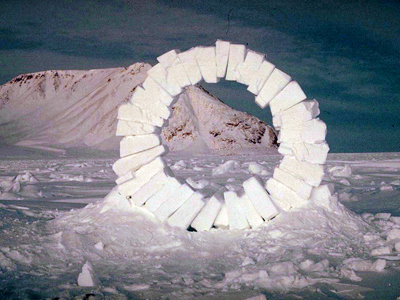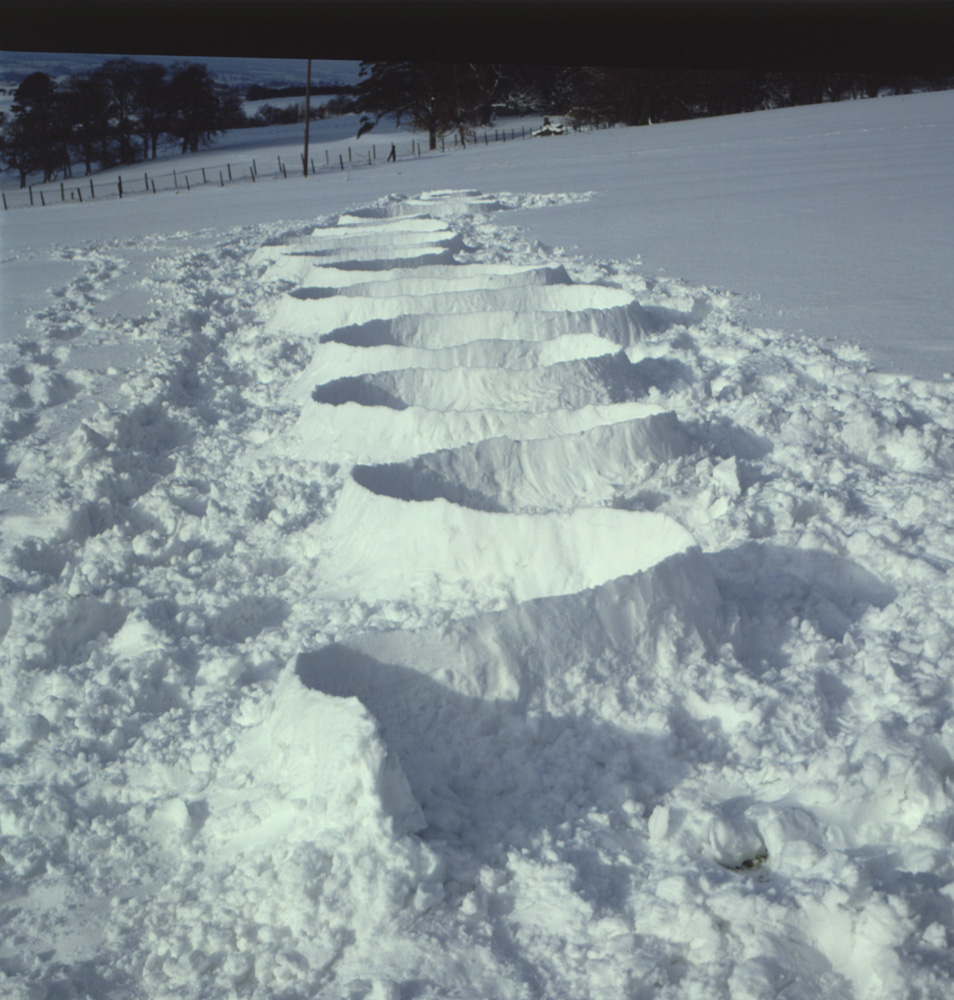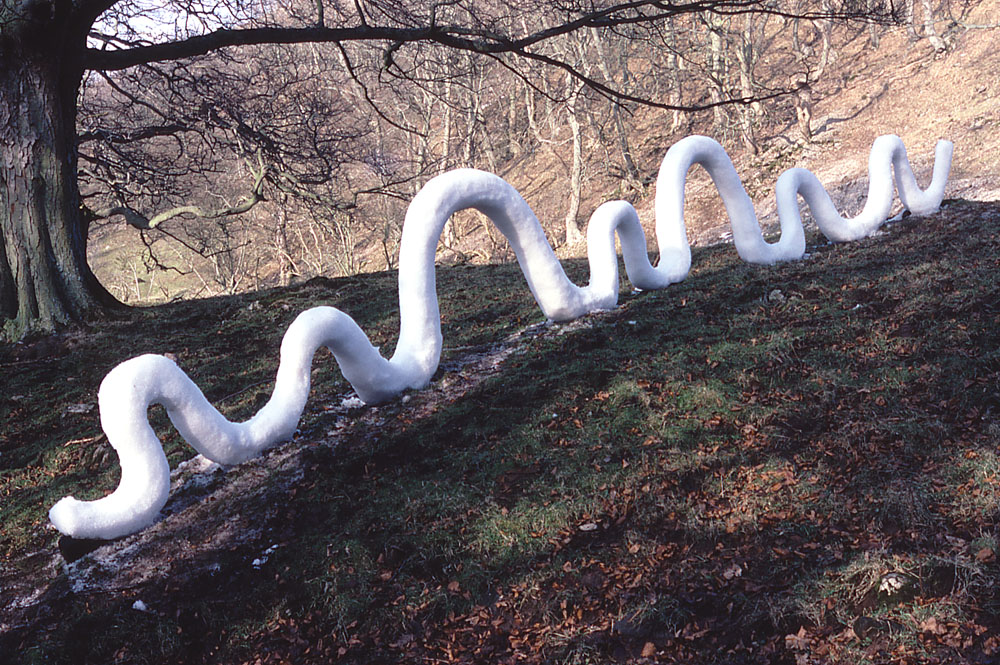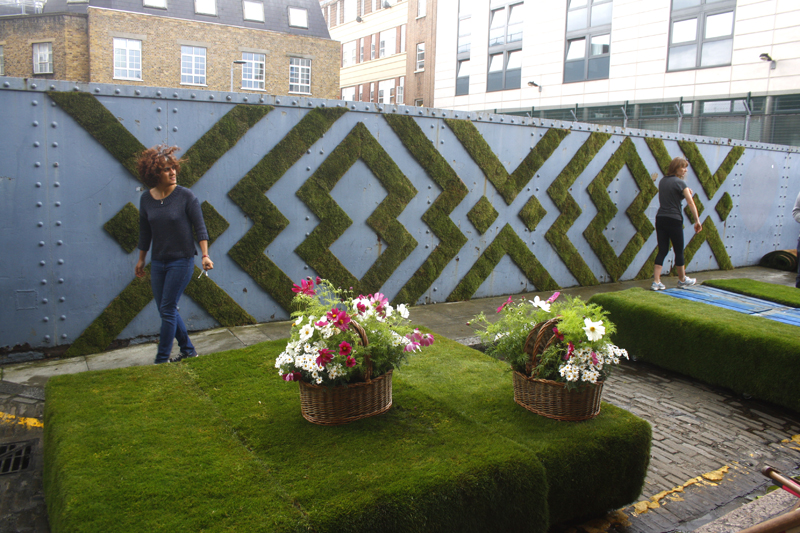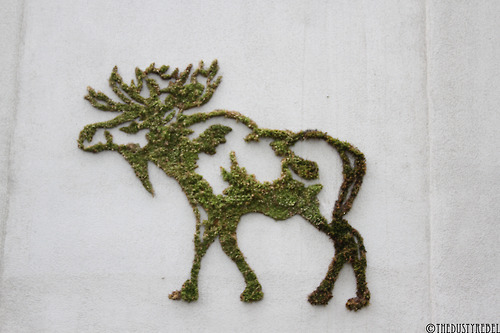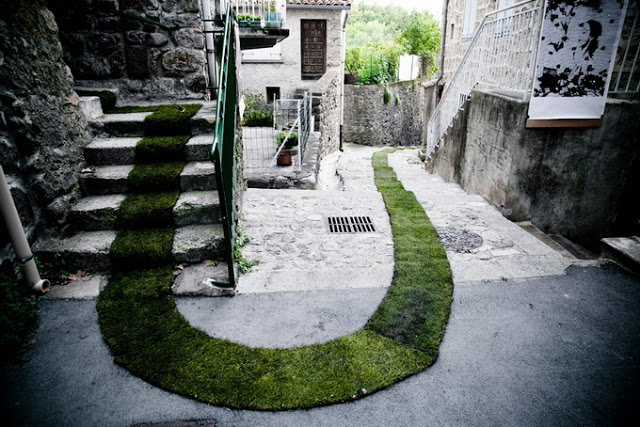The act of balancing rocks may seem totally pointless, but it can be fun, challenging, and even meditative process. Rock stacks, also known as cairns, can serve practical, recreational, and spiritual purposes. Hikers may mark trails with cairns to find their way home; adventurers may stack stones to take a break from their activity; nature lovers and zen seekers may find refuge in the process of physically balancing stones. No matter the function of rock stacks, they are all consistently made only of rocks, without the use of glue or mud. As artist Michael Grab demonstrates in the video below, gravity is the glue.
Get Started!
Al you need is a stable surface, steady hands, a variety of rocks, and lots of patience!
Scout your location. I love stacking cairns in dry creek beds, where an abundance of rocks, stones, pebbles can be found. You don’t need to trek out into wilderness to stack rocks, however. Explore your backyard, the neighborhood park, or even a gravel pit by your school or work.
Collect rocks. You could choose a diverse range of stones that embody many shapes, sizes, and textures, or you could decide to select rocks that are all smooth and round, or chunky and textured. The types of rocks available will depend heavily on your location.
Begin stacking! It’s easiest to start with a large, stable foundation. Choose a wide rock with a flat top that will give you lots of room to build onto, and also provide a steady center of gravity. Keep in mind that as you add each rock, pressure is added to the rocks beneath it, which may shift their center of gravity.
Work slowly. Instead of simply stacking rocks haphazardly, carefully and thoughtfully place each one. Gradually let the weight of a rock rest on the stack, testing the stability. If a rock is unstable, try placing it in a different orientation. Think about the game Jenga, except you are adding pieces rather than removing them.
Get creative! Experiment with rocks of unusual shapes and sizes. Try balancing larger rocks on top of smaller ones. Try turning stones on their different sides. Construct a rock stack city with your friends. Compete to see who can build the tallest stack or more ‘precarious’ stack. Collaborate to decorate your rock stack with leaves, twigs, flowers, grass, or even water droplets. Build a rock stack in all your favorite parks.
Photograph your rock stacks and post them in the comments below!
Get Inspired!
Watch Michael Grab’s bold balancing act in the middle of a rushing creek:

